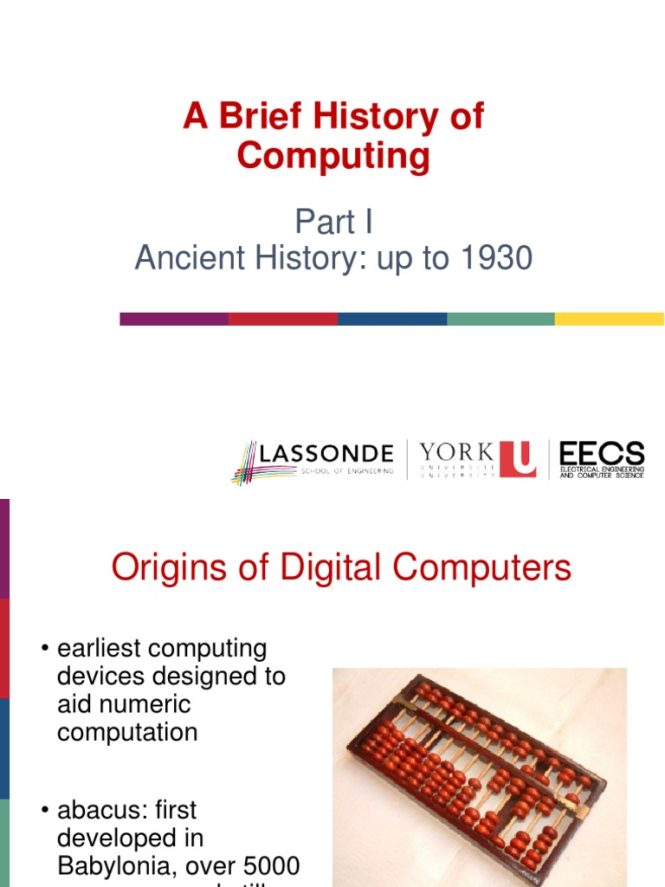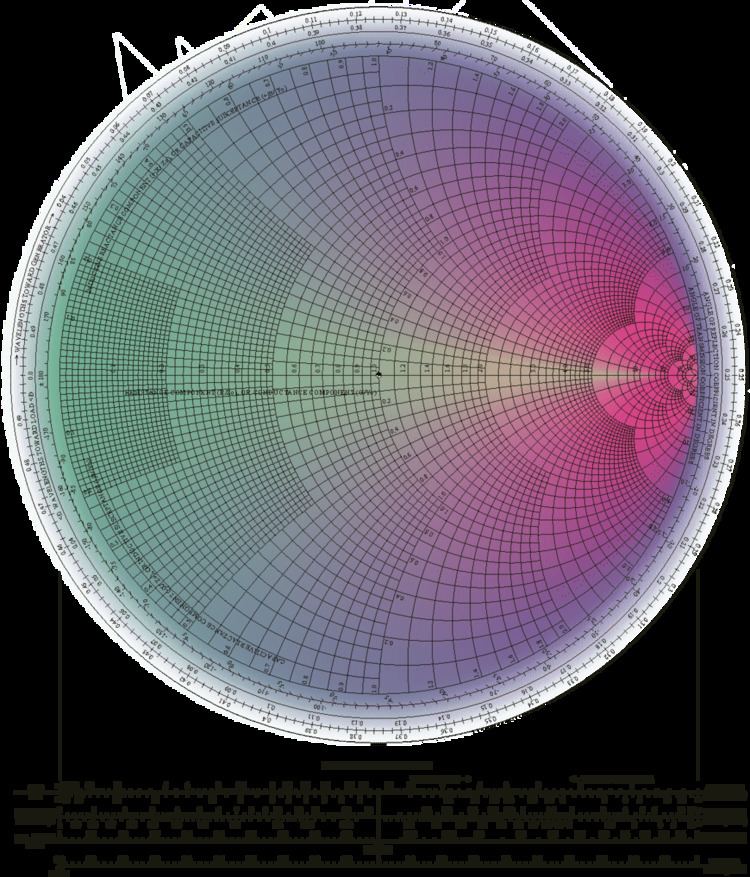

How did computing begin? The story of computing is a captivating journey through human ingenuity, spanning centuries of invention and innovation. It’s a tale of gradual progress, from rudimentary calculating tools to the sophisticated digital systems we rely on daily. This article will explore the roots of computing, tracing its evolution through key milestones and significant figures. We’ll uncover the challenges faced and the solutions adopted, painting a vibrant picture of this remarkable technological journey. We’ll also identify the key factors that have shaped the current state of computing. This journey will be broken down into several key sections, starting with the earliest calculating devices and culminating in the development of the first programmable computers.
Early Calculating Devices: Laying the Foundation
The Abacus: An Ancient Tool
The abacus, a simple calculating tool used for centuries, represents one of the earliest forms of computing. This hand-held frame with sliding beads enabled basic arithmetic operations, showcasing a remarkable human capacity for mathematical computation. Its widespread use across various cultures demonstrates the universal need for efficient calculation methods, laying the foundation for the more advanced devices that would come. While not programmable, the abacus demonstrated the fundamental need for tools to aid calculation and pave the way for future developments.
Mechanical Calculators: Advancing Precision
Later, mechanical calculators like Pascal’s calculator emerged, adding significant progress in calculation. Invented by Blaise Pascal in 1642, this device could perform addition and subtraction. These devices marked a crucial step towards automating arithmetic calculations. The mechanical calculator represented a significant advancement over the abacus, enabling more complex calculations with greater accuracy, and suggesting a future of automation in numerical tasks.
Slide Rules: Simplicity and Efficiency
The slide rule, developed in the 17th century, offered another valuable tool for performing calculations. Its design, employing sliding scales, allowed for quick estimations of products and quotients of numbers. Widely used by scientists and engineers until the advent of calculators, it exemplifies a focus on efficiency and simplicity in computational methods. The slide rule served as an effective tool for handling calculations and demonstrated a continued quest to streamline arithmetic.
The Dawn of Programmable Machines: A Turning Point
The Analytical Engine: A Visionary Design
Charles Babbage’s Analytical Engine, conceptualized in the mid-19th century, represents a pivotal moment in the history of computing. It was a mechanical general-purpose computer with the potential to perform complex calculations, showcasing Babbage’s foresight and vision for a machine that could be programmed. This design, ahead of its time, laid the groundwork for future computing architectures. While never fully built in Babbage’s lifetime, its design concepts were incredibly influential.
Early Electromechanical Computers: The Road to Automation
The transition from mechanical to electromechanical computers brought significant advancements. Devices like the Colossus, crucial for breaking German codes during World War II, were among the first electromechanical computers. These marked a paradigm shift in computing, moving from mechanical parts to electrical circuits, and demonstrating the potential of computers to solve complex problems.
The Stored-Program Concept: A Game Changer
The concept of a stored-program computer, where instructions are stored in the memory of the computer, proved revolutionary. The development of this concept in the 1940s enabled computers to perform a wider range of tasks and significantly expanded their potential applications. The stored-program concept had a direct impact on the advancement of computing, increasing versatility and allowing for more complex computation.
The Rise of Electronic Computers: The Digital Era
The ENIAC: A Milestone in Computing
The Electronic Numerical Integrator and Computer (ENIAC), completed in 1946, is often considered a monumental achievement in the history of computing. This machine, weighing over 30 tons, was a significant technological leap, representing a major step towards electronic computation. ENIAC, through its electronic components, dramatically improved the speed and capabilities of computations, a pivotal step towards more advanced computing.
The Transistor and Integrated Circuits: Miniaturization and Efficiency
The invention of the transistor and later the integrated circuit drastically altered the landscape of computing. These innovations enabled the miniaturization of electronic components, leading to smaller, faster, and more affordable computers. This miniaturization opened up new possibilities for computation and propelled the widespread adoption of computing across various sectors.
The Personal Computer Revolution: Democratizing Technology
The development of the personal computer in the 1970s and 1980s marked a turning point in computing history. These affordable machines brought computing power to the general public, sparking technological innovation and widespread adoption in industries, education and personal use. The emergence of personal computers democratized access to computing, and created numerous possibilities across all sectors of society.
The Modern Era of Computing: Constant Innovation
The Internet and Networking: Global Connectivity
The Internet revolutionized computing by connecting computers globally, creating an unprecedented network for data exchange and information access. This vast interconnected network became critical to the development of computing and its applications.
Mobile Computing and Cloud Computing: Accessibility and Flexibility
The advent of mobile computing and cloud computing further enhanced computing accessibility, providing users with computing power on-the-go and access to powerful resources without local hardware constraints. These advancements revolutionized computing by expanding access to computing services and tools globally.
Artificial Intelligence and Machine Learning: The Future of Computing
The development of artificial intelligence and machine learning is rapidly shaping the future of computing. These technologies allow computers to learn from data, solve complex problems, and perform tasks previously thought only possible for humans. AI has the potential to transform numerous fields and shape computing in unexpected ways.
The Continued Evolution of Computing
Quantum Computing: A New Frontier
Quantum computing, based on the principles of quantum mechanics, is emerging as a potentially transformative technology, capable of solving certain complex problems currently intractable for classical computers. Quantum computing represents an exciting new chapter in the history of computing, and its development may lead to solutions for challenges that were previously unimaginable.
Blockchain Technology: Transforming Transactions
Blockchain technology has emerged as a disruptive innovation in many fields. This distributed ledger technology is transforming various industries, from finance to supply chain management, through secure and transparent transactions. The integration of blockchain technologies has the potential to alter the computing landscape by providing enhanced security and trust in numerous systems.
The Impact of Computing on Society: A Global Force
The evolution of computing has profoundly impacted society. From communication and commerce to healthcare and education, computers have revolutionized the way we live, work, and interact. This transformative technology will continue to reshape society in the coming years, shaping how we live and interact with the world.
Frequently Asked Questions
What are the earliest forms of computing devices?
One of the earliest forms of computing devices is the abacus. This simple calculating tool, dating back centuries, allowed for basic arithmetic calculations. Further advancements included mechanical calculators, such as Pascal’s calculator, which automated some calculations, and the slide rule, which offered a more efficient method for certain types of calculations. These early tools laid the groundwork for the development of more sophisticated devices.
How did the development of the transistor and integrated circuit affect computing?
The invention of the transistor and later the integrated circuit was a monumental leap forward in computing technology. These advancements enabled the miniaturization of electronic components, leading to smaller, faster, and more energy-efficient computers. This miniaturization opened up new possibilities for computing power, leading to the development of more accessible and affordable personal computers, and the expansion of computing capabilities into numerous fields, including personal use and business.
In conclusion, the journey of computing began with simple mechanical devices and evolved into the complex digital systems we rely on today. From calculating machines to programmable computers, each innovation built upon the previous, pushing the boundaries of what was possible. Further exploration into the history of computing can unveil fascinating insights into technological advancements and societal changes. To delve deeper into this captivating subject, I recommend exploring online resources like the Computer History Museum, or visiting a local museum with relevant exhibits. This will provide you with a more comprehensive and engaging experience in understanding the history of computing. By understanding this history, you’ll gain a stronger appreciation for the innovations that have shaped our modern digital world.